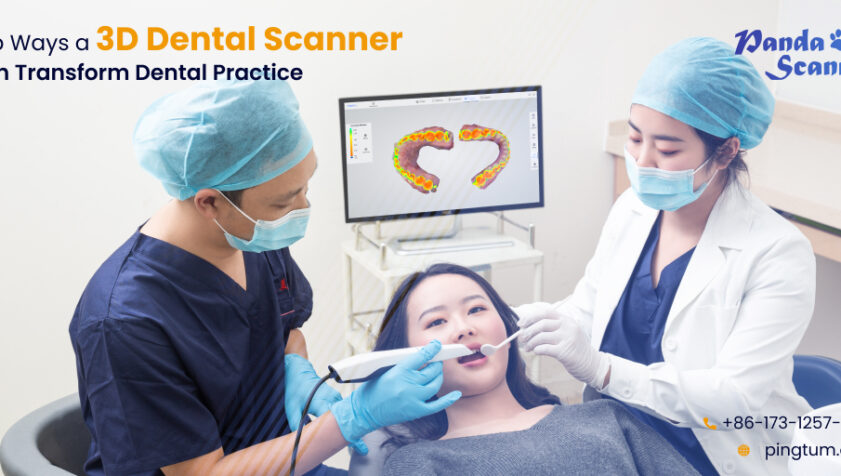When it comes to treating a dental condition, what are dentists and patients most concerned about? It definitely has to do with how long it takes for the traditional imaging procedure to finish diagnosing and treating a patient. A patient may suffer consequences from missing or damaged teeth. These include problems with the bite or chewing, the development of abscesses or bacterial infections, and, among other things, the inability to smile. The only solution to the problem is to implant a crown or other dental prosthesis that would look and work just like the natural tooth.
And, for this scanning, the region of the lost or fractured teeth would be necessary for the whole diagnosis and treatment procedure; this is where the 3D dental scanner comes in. In conventional practice, the procedure entails obtaining an X-ray and creating a tooth imprint on a sticky alginate substance. It goes without saying that the patient may find the entire process to be quite irritating and time-consuming. He or she must maintain a firm grip on the alginate substance within the mouth. The entire process has to be redone if the dental impression does not turn out properly.
It seems logical that patients find this technique unpleasant given the risk of gagging. What would happen if a patient accidentally swallowed the alginate substance? All of these problems can be rather frightening for patients, causing anxiety. What is the way out, then? The use of scanners, particularly the 3D dental scanner, has had a revolutionary effect on how such a problem is diagnosed and treated as digitalization enters the field of dentistry. So how exactly does a 3D dental scanner work? Let’s find out in the part that follows.

Uses of a 3D Dental Scanner for Dentists and Patients
Images of the damaged or missing teeth are captured by a computerised dental scanner and transferred to a chairside computer. The CAD software in the computer processes the pictures so they may be shown on the monitor for the dentist to make an accurate diagnosis. A 3D dental scanner beams laser or optical light sources onto the dental arches, implants, or fractured or missing teeth in order to acquire numerous photos and convert them into CAD files. The lab workers use additive manufacturing to produce specialised crowns or restorative treatments for the patient once the dentist emails the CAD file to the digital laboratory.
Large standalone scanners and compact, portable scanners are also options that can be used. One such tiny scanner is known as the Panda intraoral scanner, which holds the record for being the smallest intraoral scanner ever made. The portable, lightweight equipment is easy for the dentist to use anywhere to quickly and precisely diagnose oral problems. The gadget is also 30% more accurate and 50% quicker than its rivals.
What Are the Benefits of Using A 3D Dental Scanner?
A 3D dental scanner has the following advantages:
- A dimensionally accurate unique design for a restorative remedy is created.
- Offers the sufferer security and comfort
- A clear procedure that the patient can comprehend
- The success rate has increased as a result of improved picture accuracy.
- Provides better patient care, increasing foot traffic
- Reduces the length of time between diagnosis and treatment
Conclusion
Dental clinics and laboratories have benefited tremendously from dental scanners like the Panda intraoral scanner. They have facilitated the stakeholders’ workflow at the clinic and provided them with comfort, speed, ease of use, and precision.






